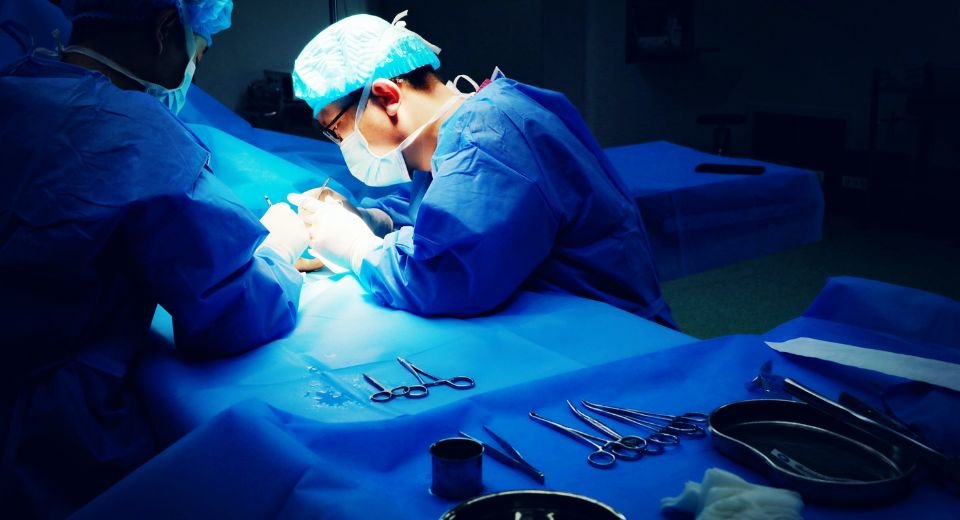HQ Team
June 2, 2023: In a first, researchers at George Washington University have used an external magnet to remotely control ingestible video capsules in three dimensions to perform endoscopy.
“A traditional endoscopy is an invasive procedure for patients, not to mention it is costly due to the need for anesthesia and time off work,” said Andrew Meltzer, a professor of Emergency Medicine at the GW School of Medicine & Health Sciences.
“If larger studies can prove this method is sufficiently sensitive to detect high-risk lesions, magnetically controlled capsules could be used as a quick and easy way to screen for health problems in the upper GI tract such as ulcers or stomach cancer.”
Current ingestible video capsules endoscopes cannot be controlled by physicians and they moved passively, driven by gravity and the natural movement of the body.
Visualize, photograph
With the new capsules, physicians can remotely drive a miniature video capsule to all regions of the stomach to visualize and photograph potential problem areas.
The technology uses an external magnet and handheld video game-style joysticks to move the capsule in three dimensions in the stomach. It comes closer to the capabilities of traditional tube-based endoscopy.
Endoscopies are used to diagnose diseases in the stomach, colon, ears, oesophagus, nose, throat, heart and urinary tract. During an endoscopy, doctors insert endoscopes, a thin tube with a light and tiny camera, into a person’s body to see an inner organ in detail.
The global endoscopy devices market in 2021 was $30.3 billion and is predicted to reach $56.2 billion, with a CAGR of 7.1% during the period of 2021-2030, according to New York-based Strategic Market Research.
Rising disease population
The global market for endoscopy devices will expand due to an increase in cancer occurrence, an expanding older populace, and the advantageous position of endoscopic device makers.
The increase in the number of endoscopic processes performed in the US is expected to propel the industry to grow at a 7.2% annual rate during the forecast period.
Due to Asia Pacific’s large population and rising number of patients with functional gastrointestinal problems, the industry will likely grow rapidly over the forecast years, according to Strategic Market Research.
During the forecast period, the Indian market is expected to grow at a CAGR of 6.91%.
More than 7 million traditional endoscopies of the stomach and the upper part of the intestine are performed every year in the United States.
Traditional endoscopies
Despite the benefits of traditional endoscopies, studies suggest some patients have trouble accessing the procedure.
Professor Meltzer got interested in the magnetically controlled capsule endoscopy after seeing patients in the emergency room with stomach pain or suspected upper GI bleeding who faced barriers to getting a traditional endoscopy as an outpatient.
“I would have patients who came to the ER with concerns for a bleeding ulcer and, even if they were clinically stable, I would have no way to evaluate them without admitting them to the hospital for an endoscopy.
“We could not do an endoscopy in the ER and many patients faced unacceptable barriers to getting an outpatient endoscopy, a crucial diagnostic tool to preventing life-threatening hemorrhage,” Prof Meltzer said.
“To help address this problem, I started looking for less invasive ways to visualize the upper gastrointestinal tract in patients with suspected internal bleeding.”
First to be magnetically-controlled
The study is the first to test magnetically controlled capsule endoscopy in the United States.
For patients who come to the emergency room or a doctor’s office with severe stomach pain, the ability to swallow a capsule and get a diagnosis on the spot – without a second appointment for a traditional endoscopy – is a real plus, not to mention potentially life-saving, Prof Meltzer said.
The external magnet allows the capsule to be painlessly driven to visualize all anatomic areas of the stomach and record video and photograph any possible bleeding, inflammatory or malignant lesions.
While using the joystick requires additional time and training, software is being developed that will use artificial intelligence to self-drive the capsule to all parts of the stomach with a push of the button and record any potential risky abnormalities.
That would make it easier to use the system as a diagnostic tool or screening test. In addition, the videos can be easily transmitted for off-site review if a gastroenterologist is not on-site to over-read the images.
Meltzer and colleagues conducted a study of 40 patients at a physician’s office building using the magnetically controlled capsule endoscopy.
95% visualization rate
They found that the doctor could direct the capsule to all major parts of the stomach with a 95% rate of visualization.
Capsules were driven by the physician and then the study reports were reviewed by an attending gastroenterologist who was physically off-site.
To see how the new method compared with a traditional endoscopy, participants in the study also received a follow-up endoscopy.
“No high-risk lesions were missed with the new method and 80% of the patients preferred the capsule method to the traditional endoscopy. The team found no safety problems associated with the new method,”
Professor Meltzer said the study was a pilot and a much bigger trial with more patients must be conducted to make sure the method does not miss important lesions and can be used in place of an endoscopy.
A major limitation of the capsule includes the inability to perform biopsies of lesions that are detected.
